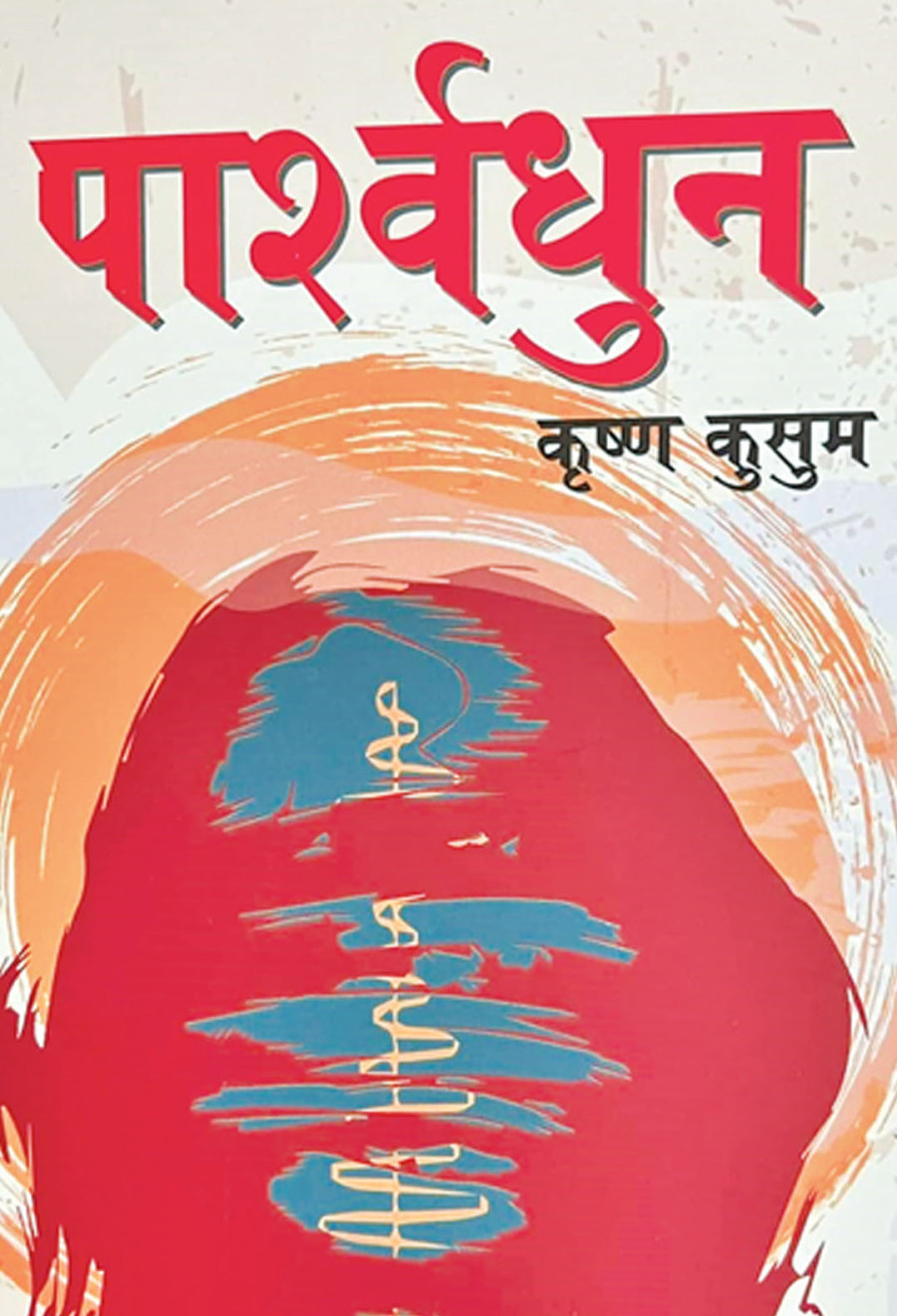Culture & Lifestyle
Reflections on the Nepali diaspora
‘Parshwadhun’ by Krishna Kusum is an exploration of Nepali lives within and beyond borders, delving into the challenges of migration, identity and societal shifts.
Anish Ghimire
Krishna Kusum, an engineer by profession and a writer at heart, presents a compelling collection of stories in his book ‘Parshwadhun’. The narratives explore the lives of Nepali characters, both within Nepal and abroad. Kusum adeptly portrays the struggles and challenges faced by these characters, creating a microcosm that reflects the broader Nepali experience.
In the story titled ‘Euta Antya’ (An End), Kusum delves into the complex and often difficult journey of Nepalis seeking employment overseas. The narrative resonates with the real-life experiences of many, capturing the aspirations, challenges, and harsh realities associated with pursuing a livelihood in a foreign land. As the protagonist navigates the glittering streets of Las Vegas, the neon lights and bustling atmosphere provide a stark backdrop to the difficulties faced by those exploring unfamiliar territories in the pursuit of economic stability.
The depiction of the protagonist’s job search serves as more than a literary device; it mirrors the challenges faced by numerous Nepali immigrants. The narrative captures the frustration, uncertainty, and occasional moments of despair that define the pursuit of job opportunities in foreign lands. The writer’s exploration of this theme turns the story into a relatable commentary on the broader issue of global migration, making it particularly meaningful for readers who have encountered similar challenges.
The introduction of Gopal Uncle adds depth to the narrative, bringing in a character who embodies the spirit of solidarity within the diaspora. Gopal’s voluntary assistance symbolises the mutual support networks that often develop among immigrants facing similar struggles. Through this character, Kusum not only highlights the challenges but also underscores the resilience and communal bonds that form within Nepali communities abroad. Gopal’s actions echo real-life instances of individuals stepping forward to help their compatriots navigate the complexities of life in a new country.
Additionally, the book explores the experience of loneliness felt by some characters in foreign lands, leading one senior character to contemplate ending their life due to solitude. This examination of loneliness is not just an isolated incident in the narrative but a broader reflection on the shared experiences of many individuals in the diaspora. Kusum constructs a narrative that aligns with the universal truth that, despite the pursuit of economic opportunities or a desire for change, the emotional toll of being separated from one’s cultural and social roots can be profound. The senior character serves as a symbol, representing the silent struggles faced by numerous individuals adrift in the sea of solitude, far from the comforting shores of home.
In the story ‘Clone’, Kusum uses symbolism to illustrate the end of the monarchy in Nepal, employing a metaphorical explosion that resonates throughout the narrative.
The central metaphorical explosion visually and viscerally represents the seismic shifts in Nepal's political landscape. Unfolding within the narrative, it acts as a powerful allegory for the end of the monarchy—a significant event that sent shockwaves through the nation. Kusum’s choice of metaphor not only conveys the magnitude of this historical turning point but also involves readers in the tumultuous journey of political evolution.
The emergence of multiple ‘kings’ in various colours symbolises the chaotic aftermath of the explosion. Each new ‘king’ represents a political entity rising from the ashes of the monarchy, with the diverse colours serving as a metaphor for the array of ideologies and affiliations that emerged after the transformative event. This creative reflection on historical events adds complexity to the narrative, allowing readers to perceive the intricate nuances of political change through artistic expression.
The other stories in the collection artfully depict the inaction of irresponsible politicians, the mass emigration of youths, and the undercurrents of social unrest. Despite the physical distance from their homeland, the characters maintain an unbroken bond, feeling the heartbeat of the nation even from afar.
The dialogues between characters bring vitality to the narrative. They involve readers in the various aspects of the issues at hand, providing an examination of the challenges faced by the characters and, by extension, the wider Nepali community.
Furthermore, the author’s use of straightforward and easily understandable language doesn’t diminish the complexity of the issues explored. Instead, it improves the accessibility of these stories to a broad audience. The universality of the themes, combined with the simple narrative style, ensures that readers from diverse backgrounds can relate to and understand the intricacies of the Nepali experience.
In the story ‘Blind Date’, the central character contemplates returning to Nepal due to dissatisfaction with job prospects and a desire for a better life. The decision to seek love and marriage for a chance at US citizenship adds complexity to the character’s journey, highlighting the lengths some go to for an improved life.
The book goes beyond being a collection of stories; it serves as a mirror reflecting the common experiences, dreams and challenges of the Nepali people. Krishna Kusum has crafted a work that not only entertains but also deepens our understanding of the Nepali experience, both within the bounds of their homeland and in the larger global context. This is achieved through familiar themes, engaging storytelling, and realistic characters.




 7.12°C Kathmandu
7.12°C Kathmandu













%20(1).jpg&w=300&height=200)

